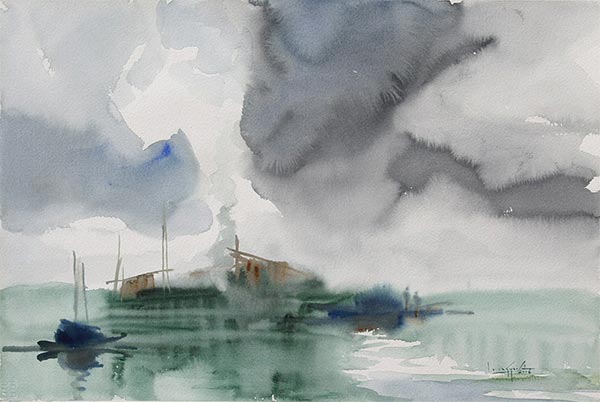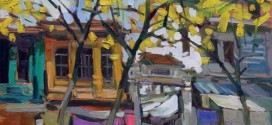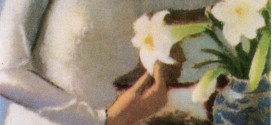Among the Vietnamese plastic arts, wood engraving is a long standing traditional one. We have inherited from our ancients from Dong Ho village a valuable tradition of wood engraving in color. These engravings are appreciated by generation to generation and have become an indispensable moral alimentation. Dong Ho images have their place deep in the soul of the people and their features have kept their sharpness in spite of the upheavals of the times.

With color as red as peony, as yellow as ripe paddy, as green as a young rice plant the images have by themselves the taste of rural areas in all their characteristic rusticity.
The engraving is always performed on the wood of persimmon-tree, which is sole and does not swell when dipped in water. In printing, starch plays an important role. Mixed with starch a coloring matter forms a solid and clear paste suitable for creation. Besides, scallop shells give a typically Vietnamese gleam and constitute a decorative element of printed pictures of a very simple treatment. The genre of painting on paper using gouache, water color, pastel, ink, color pencils, drawing charcoal, sauce occupies an important position in Vietnamese painting. In many cases, these pictures have been works of great artistically value, and what is particularly precious is that they have expressed the direct sensations of the painter before the objects, sensations that cannot be repeated. Quite a few of these painters have thus created representative works contributing to the different stages of the history of painting. Sy Tot has created the best of his gouache in the All children can study. The composition of the picture is pyramidal, the drawing without artifice, each figure is set off by light. It is surprising that Sy Tot’s style highly resembles that of Le Nain, although Sy Tot has not even known Le Nain and his style stems merely from his intuition.
 Vietnamese Culture and Tradition
Vietnamese Culture and Tradition 

